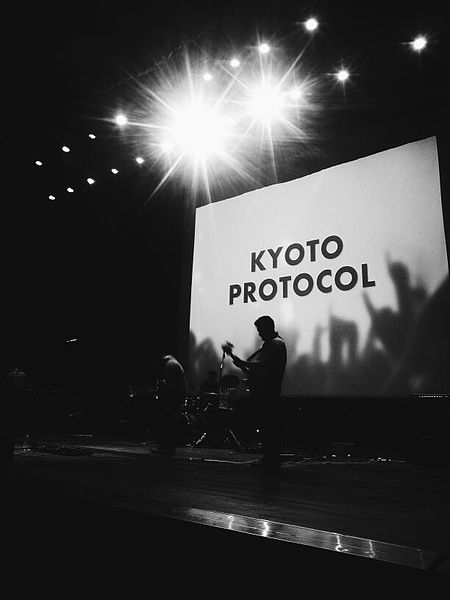Hidden beneath our cities and landscapes, there exists a network of underground worlds that many people never knew existed. These cities, carved by ancient civilizations or crafted in modern times for practical and defensive purposes, reveal incredible feats of engineering and resilience. From Turkey’s labyrinthine tunnels of Cappadocia to Canada’s underground city, these hidden places provided refuge, supported entire communities, and housed secrets that add to their allure today. Each underground city tells a unique story of survival, innovation, or protection from natural elements and human conflicts. Exploring these concealed marvels offers a fascinating glimpse into how societies adapted to challenges below the earth’s surface, creating spaces that continue to intrigue and inspire.
Derinkuyu, Turkey
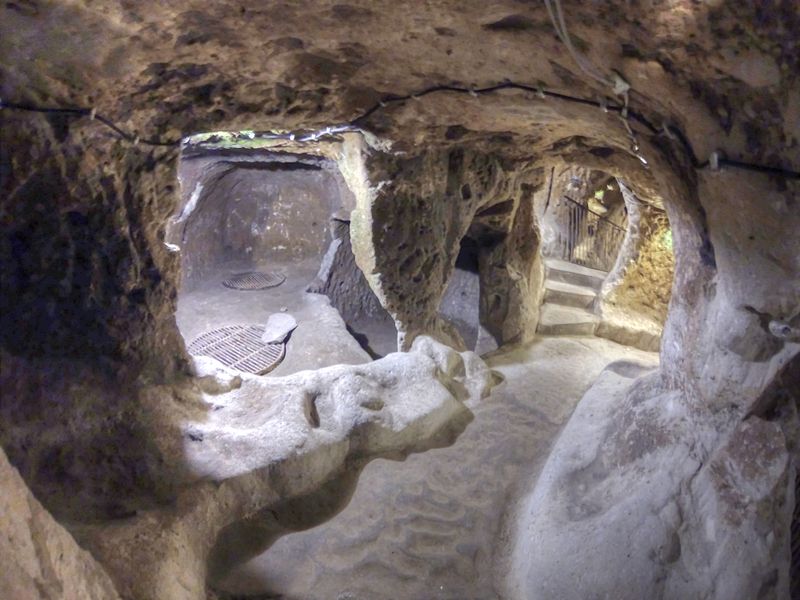
Beneath the Cappadocia region in Turkey, Derinkuyu is one of the most famous underground cities. This ancient marvel stretches 18 stories deep and was built to shelter up to 20,000 people, complete with storage rooms, stables, and communal kitchens. Originally created by the Phrygians in the 8th century BCE, Derinkuyu was expanded by later civilizations, including early Christians, to evade invaders. The intricate network of tunnels and staircases allowed residents to live safely and discretely beneath the earth. Ingeniously, ventilation shafts provided fresh air, while hidden entrances offered an added layer of protection. Over the centuries, it served as a refuge from numerous invasions, proving the city’s resilience. Today, Derinkuyu stands as an awe-inspiring glimpse into ancient life underground.
Naours, France
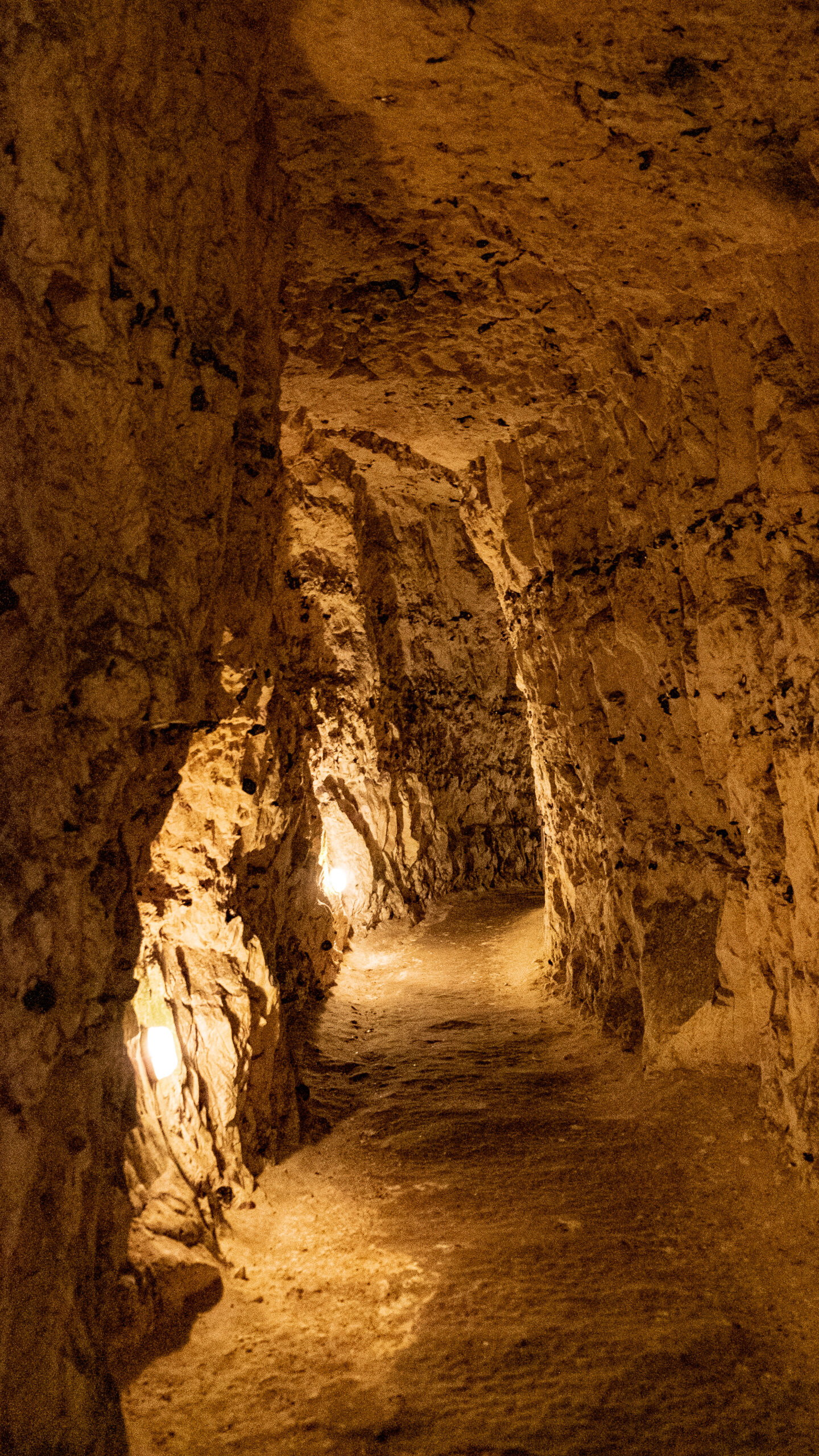
Hidden in the Picardy region, Naours is a maze of over 300 subterranean rooms dating back to medieval times. It began as a limestone quarry and later became a shelter for local villagers fleeing war and religious persecution. Extensive tunnels connect chapels, homes, and meeting rooms, making it a self-contained community. Naours also housed French civilians during World War I, and soldiers often left graffiti on the walls. The complex could reportedly house up to 3,000 people in times of conflict, providing safety and unity for the population. Today, it is a historical treasure, with tours offering insight into France’s hidden past. Every tunnel tells a story of survival and resilience against invasion and hardship.
Beijing Underground City, China
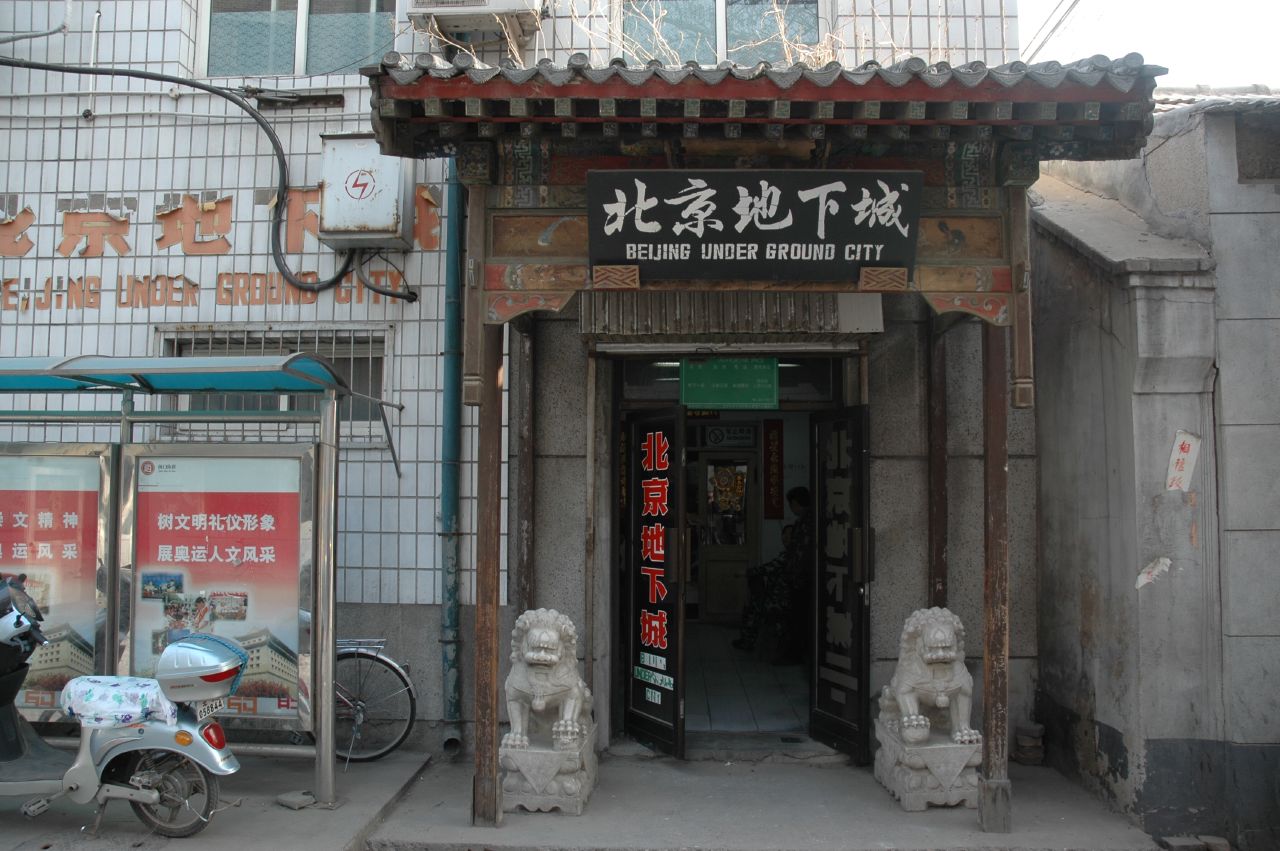
Built as a Cold War shelter beneath Beijing, this vast underground network was created in the 1960s to accommodate one million people. Often referred to as the “Underground Great Wall,” it spans over 85 square kilometers. This subterranean city has schools, theaters, factories, and medical facilities, with intricate tunnels that connect to various parts of the city. Designed as a last resort in case of foreign invasion, the underground complex has never been used for its intended purpose. In recent years, parts of the underground city have been open to the public. It stands as a testament to China’s preparedness and foresight during a volatile period. Though largely forgotten, it’s an incredible piece of Beijing’s history.
Wieliczka Salt Mine, Poland
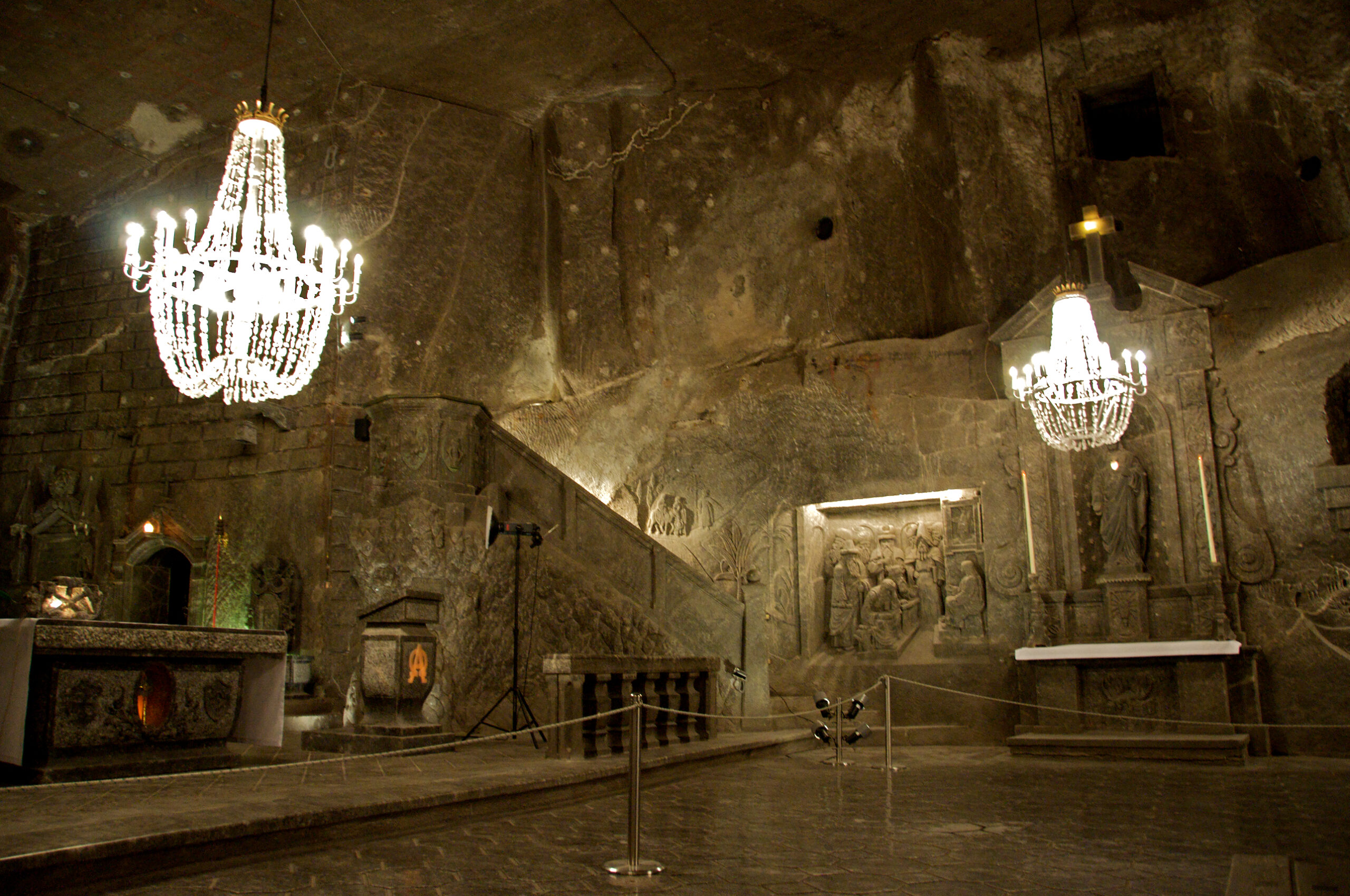
Not traditionally a city, but Wieliczka Salt Mine is an underground marvel with a history spanning over 700 years. Located near Krakow, this UNESCO World Heritage site contains chambers, chapels, and sculptures entirely carved from salt. Miners transformed the mine into a hidden city with a chapel, including altars, statues, and chandeliers crafted from salt. At its peak, it employed hundreds of workers and served as a vital economic resource for Poland. In times of conflict, it provided shelter and safe storage for goods and valuables. Today, it attracts millions of visitors annually, making it one of Poland’s most famous landmarks. This labyrinth of tunnels reflects the ingenuity and artistry of Polish miners.
Setenil de las Bodegas, Spain
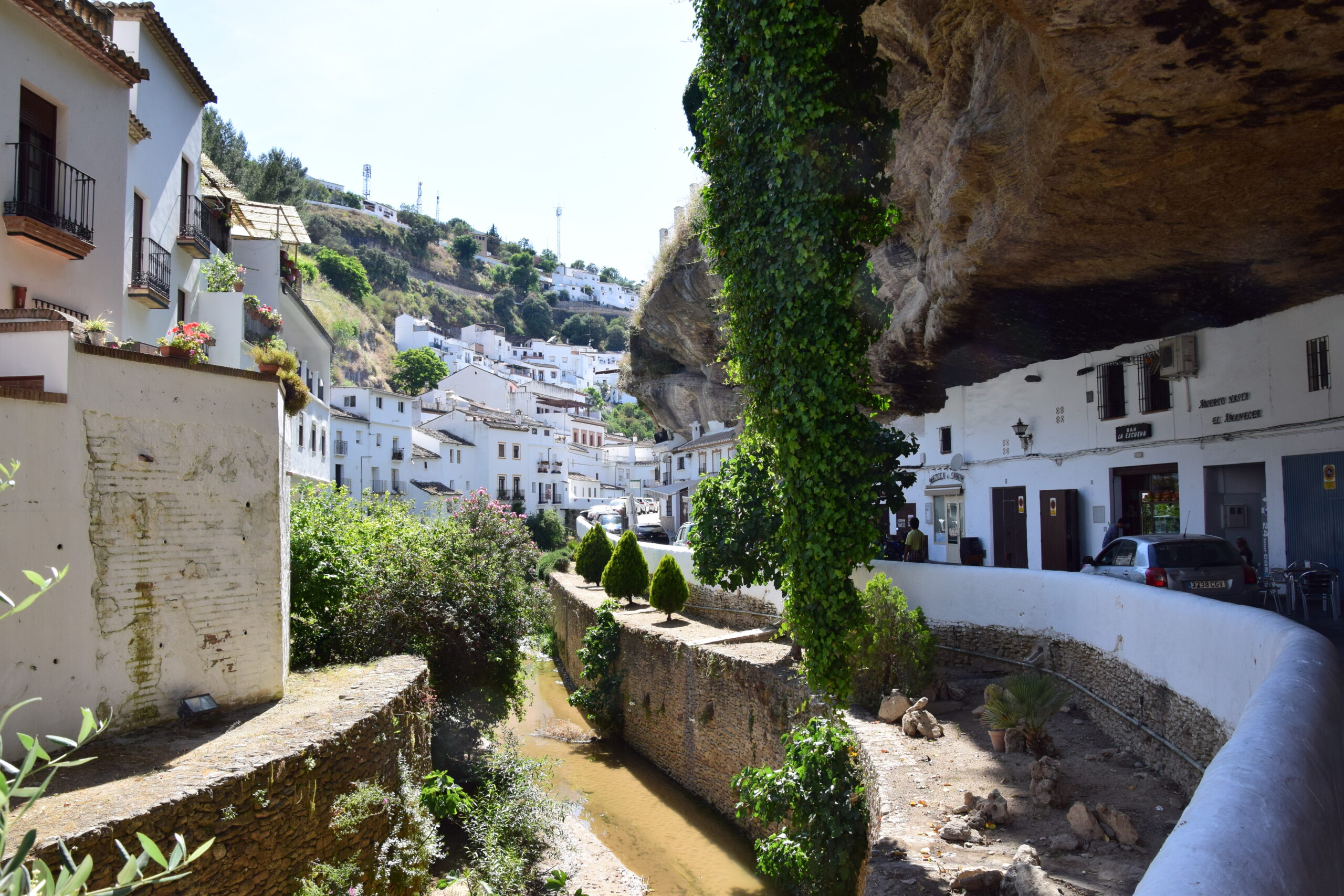
Unlike other underground cities, Setenil de las Bodegas in southern Spain is unique for its integration into natural rock formations. Built into cliffsides and caves, it appears half-exposed but is, in reality, deeply rooted in the rocky landscape. The city dates back to the Roman era and has been a refuge for its residents for centuries. White-washed buildings are nestled under massive rock overhangs, creating a striking appearance. The natural rock formations provide insulation, keeping homes cool in summer and warm in winter. Setenil’s layout is a fascinating blend of nature and human architecture. Today, it stands as both a residential area and a popular tourist attraction.
Matmata, Tunisia
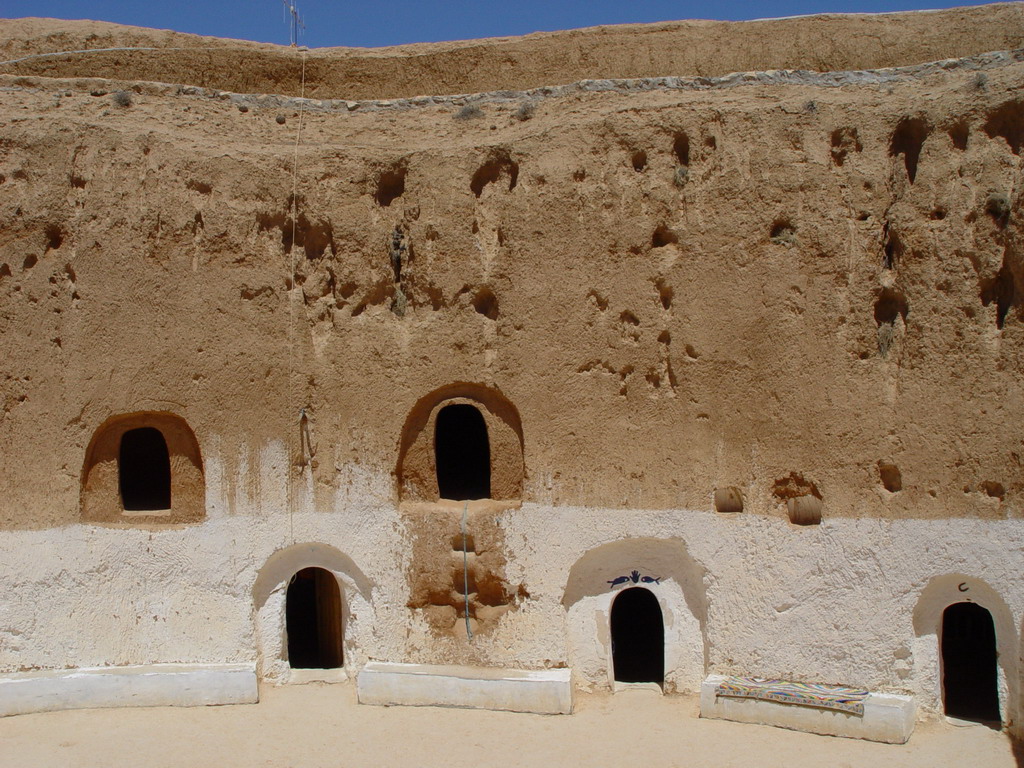
Matmata, a Berber village in Tunisia, is renowned for its underground troglodyte homes. These dwellings, carved into the earth, are built around open courtyards, with rooms extending off them like spokes on a wheel. Originally built to provide protection from the intense desert heat, these homes remain comfortably cool year-round. The unique structures gained international fame as the filming location for Star Wars, enhancing their intrigue. Generations of Berber families have lived here, carrying on a centuries-old tradition. Despite modernization, many residents still choose this subterranean way of life. The simplicity and endurance of Matmata’s design showcase human adaptation to harsh climates.
Coober Pedy, Australia
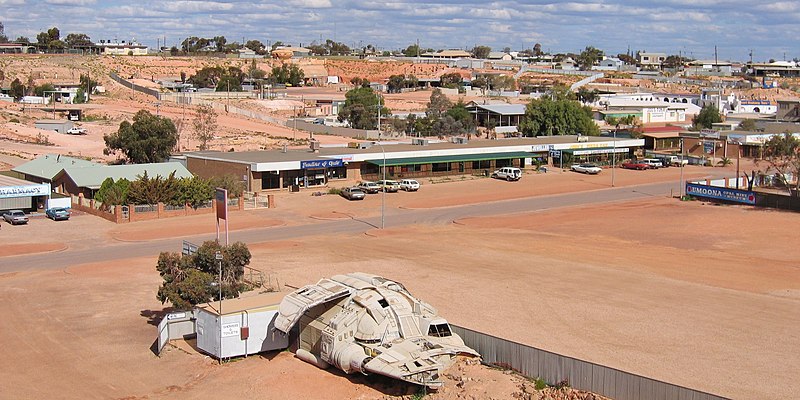
The opal mining town of Coober Pedy in South Australia is famed for its “dugout” homes. Temperatures in the region can soar above 120 degrees Fahrenheit, driving residents to live underground. Homes, shops, and even churches are carved into the soft sandstone, providing a cool refuge. Initially established in 1915 after the discovery of opal, Coober Pedy quickly attracted miners and adventurous settlers. Residents find relief from the desert heat while preserving the town’s resources. Today, the town is both a unique tourist destination and an active mining community. Its surreal, underground lifestyle highlights the resilience of its residents.
RÉSO, Montreal, Canada
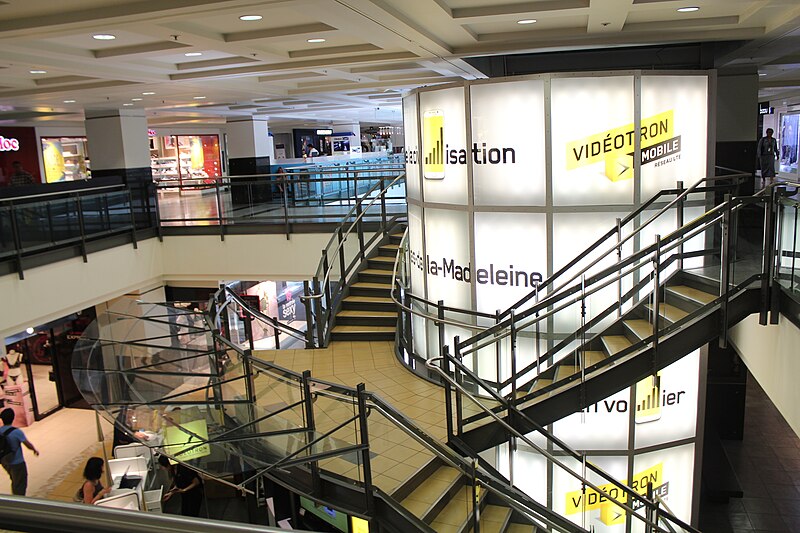
Montreal’s RÉSO, or “The Underground City,” is a sprawling network of tunnels connecting shopping malls, hotels, universities, and residential buildings. Built in the 1960s to provide shelter from harsh winters, RÉSO is a modern-day underground marvel. It spans 33 kilometers and covers more than 80% of Montreal’s downtown area. Over half a million people traverse these tunnels daily, escaping the cold and moving around efficiently. The network includes metro stations, stores, and eateries, creating a self-sustained urban hub. While not hidden in the traditional sense, it’s a city within a city. Montreal’s RÉSO exemplifies how urban planning can adapt to challenging climates.
Kish, Iran
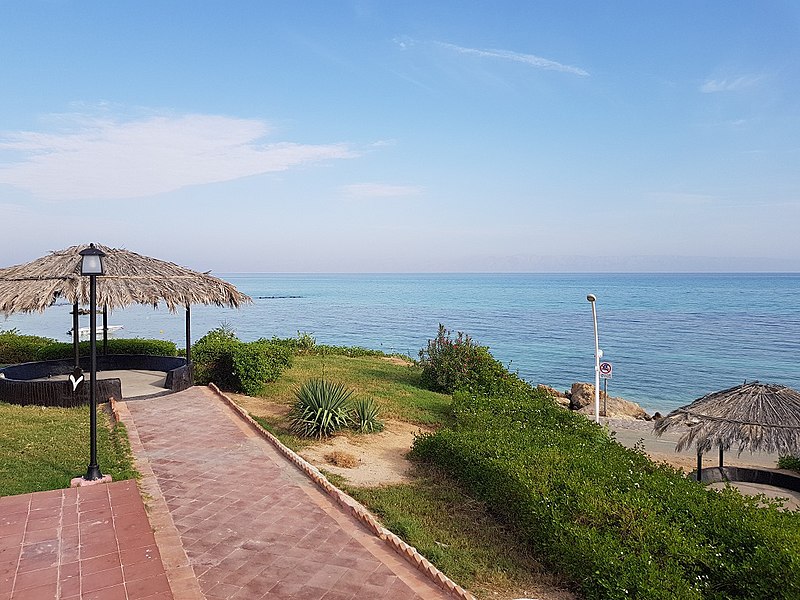
Kish Underground City, also known as Kariz, is a 2,500-year-old subterranean water management system transformed into a tourist attraction. Located on Kish Island, it originally served as an aqueduct, directing fresh water across the arid landscape. This ancient marvel spans over 10,000 square meters and is now an impressive site with cafes, galleries, and shops. Its architecture utilizes coral reefs and fossils, adding a unique charm to the tunnels. The restoration carefully preserved its ancient structure, making it a beautiful blend of history and modern culture. Kish’s historical significance and unique coral architecture make it an extraordinary underground city. Today, visitors can walk through centuries of history beneath the desert island.
Cappadocia, Turkey
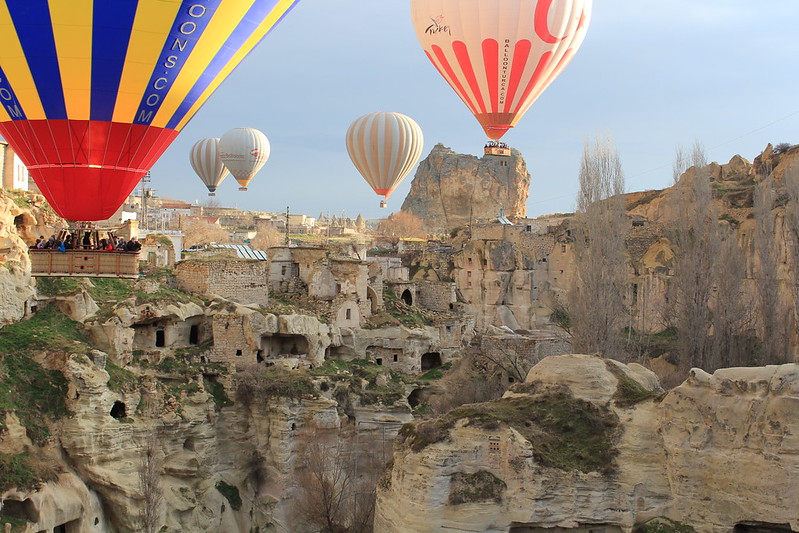
The Cappadocia region in Turkey is home to several interconnected underground cities, with Kaymakli and Derinkuyu being the most notable. Built around 1200 BCE, these cities housed entire communities, protecting them from invasions and natural disasters. Kaymakli alone has eight levels with stables, kitchens, and wineries, demonstrating the intricate planning involved. It’s believed that as many as 5,000 people could live within its walls during times of conflict. The tunnels connect with other underground cities, creating a vast network beneath Cappadocia. This region’s soft volcanic rock enabled easy carving, leading to this extensive underground system. Cappadocia’s cities remain a testament to the resilience and adaptability of ancient civilizations.
Petra, Jordan
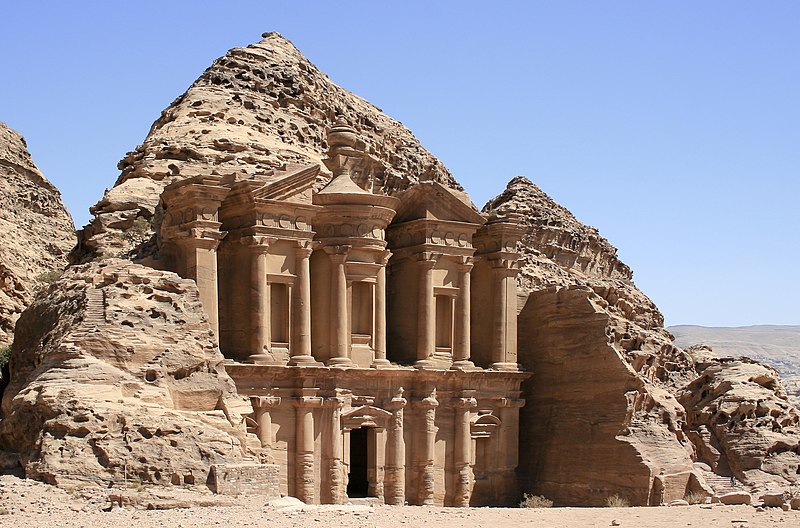
Famous for its rock-cut architecture, Petra in Jordan includes extensive underground systems used by the Nabataeans for water management. While Petra is not entirely underground, many of its structures, including tombs, are carved deep into cliffsides. Built around 400 BCE, this ancient city was a thriving trade center. Its complex aqueduct and cistern systems collected rainwater, sustaining the city and allowing it to flourish in a desert environment. The rose-red city is a UNESCO World Heritage site, drawing millions of visitors annually. Petra’s underground channels and cisterns are marvels of ancient engineering. This city in stone remains one of the world’s most iconic archaeological sites.
Edinburgh Vaults, Scotland
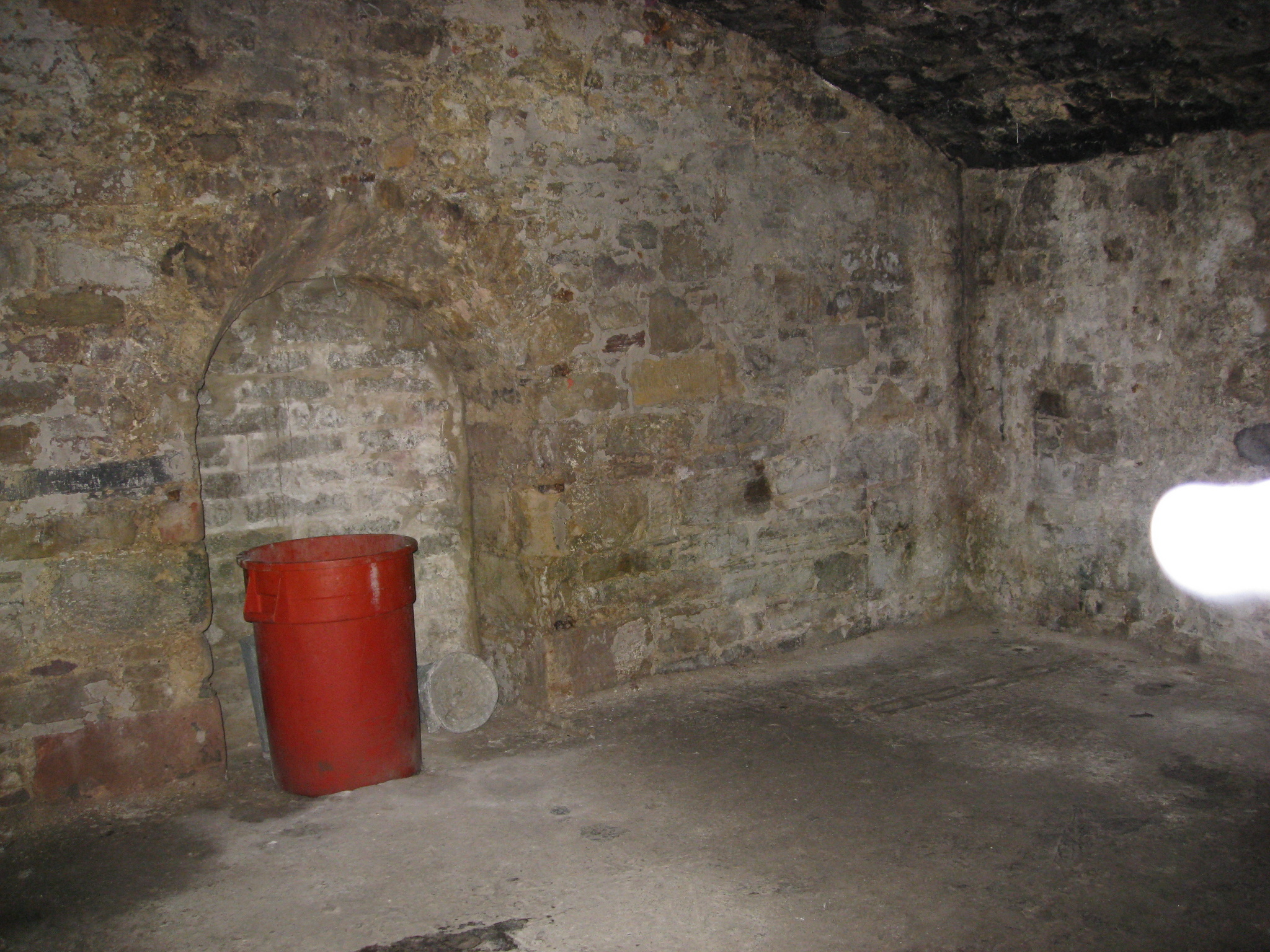
Edinburgh’s historic vaults, located beneath the city’s South Bridge, were constructed in the late 18th century. Originally intended as storage spaces for local businesses, they became a dark underground world as conditions deteriorated. By the 19th century, they were used for less savory purposes, including illicit trade and even rumored crime rings. Despite their dark past, these vaults offer a fascinating glimpse into Edinburgh’s hidden history. Archaeological excavations have uncovered artifacts that tell stories of those who lived and worked in the vaults. Today, guided tours allow visitors to explore the eerie passages beneath the city. Edinburgh’s vaults remain one of Scotland’s most atmospheric underground destinations.
Portland’s Shanghai Tunnels, United States
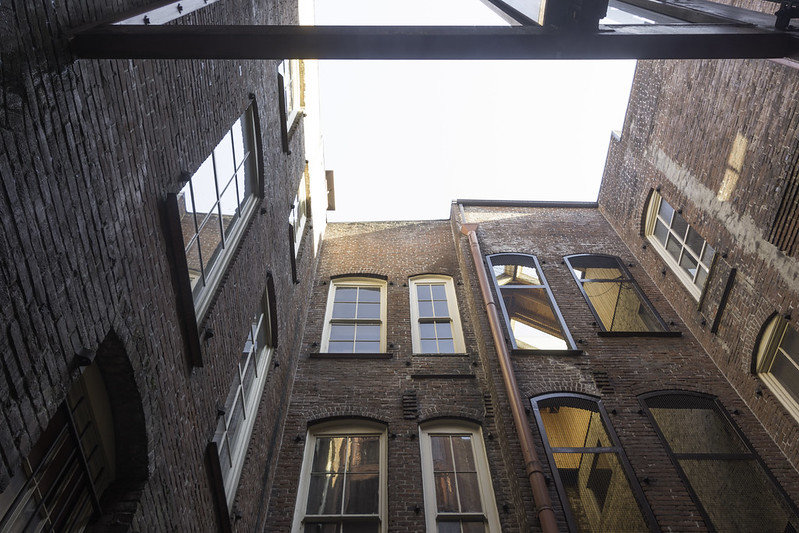
The Portland Shanghai Tunnels, or the Old Portland Underground, date back to the 19th century when they were reportedly used for illegal activities. These tunnels connected waterfront docks to downtown hotels and were used for smuggling and allegedly “Shanghaiing”—the kidnapping of sailors to work on ships. The maze-like tunnels feature holding cells and pathways that span several blocks beneath the city. Over the years, they have gained a reputation for being haunted, adding a chilling allure to the legend. While many of the tunnels have been closed, some sections remain open for tours. The Shanghai Tunnels are a fascinating, if dark, chapter of Portland’s underground history.
Turpan Karez System, China
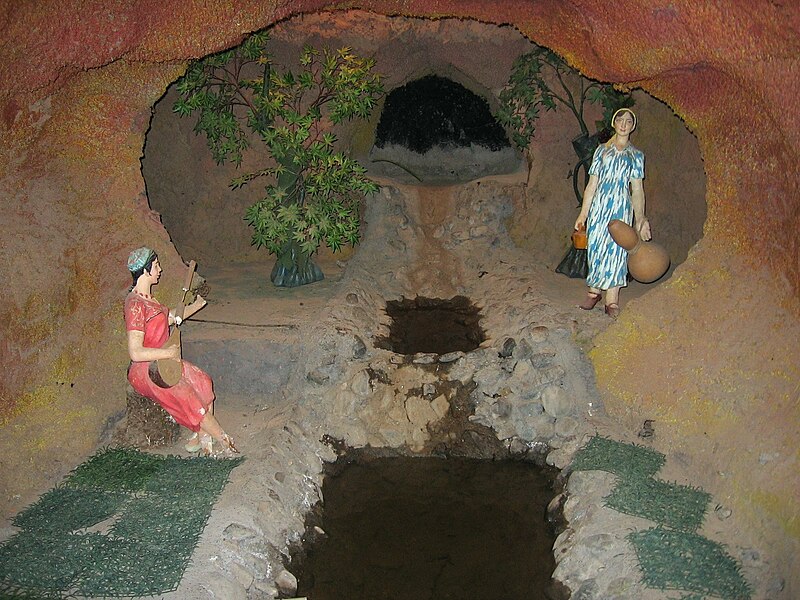
The Turpan Karez System in China is an ancient water management network built over 2,000 years ago. Located in the desert region of Turpan, it channels mountain water underground, where it stays cool, preserving it for the dry season. The system consists of wells connected by underground canals, extending for hundreds of miles. This ingenious design allowed Turpan to sustain agriculture and support a thriving community in an otherwise arid region. Karez tunnels still function today, supplying water to the area’s vineyards and crops. Visitors can explore parts of the system, gaining insight into ancient Chinese engineering. Turpan’s Karez is a true hidden wonder in China’s Xinjiang province.
Moose Jaw Tunnels, Canada
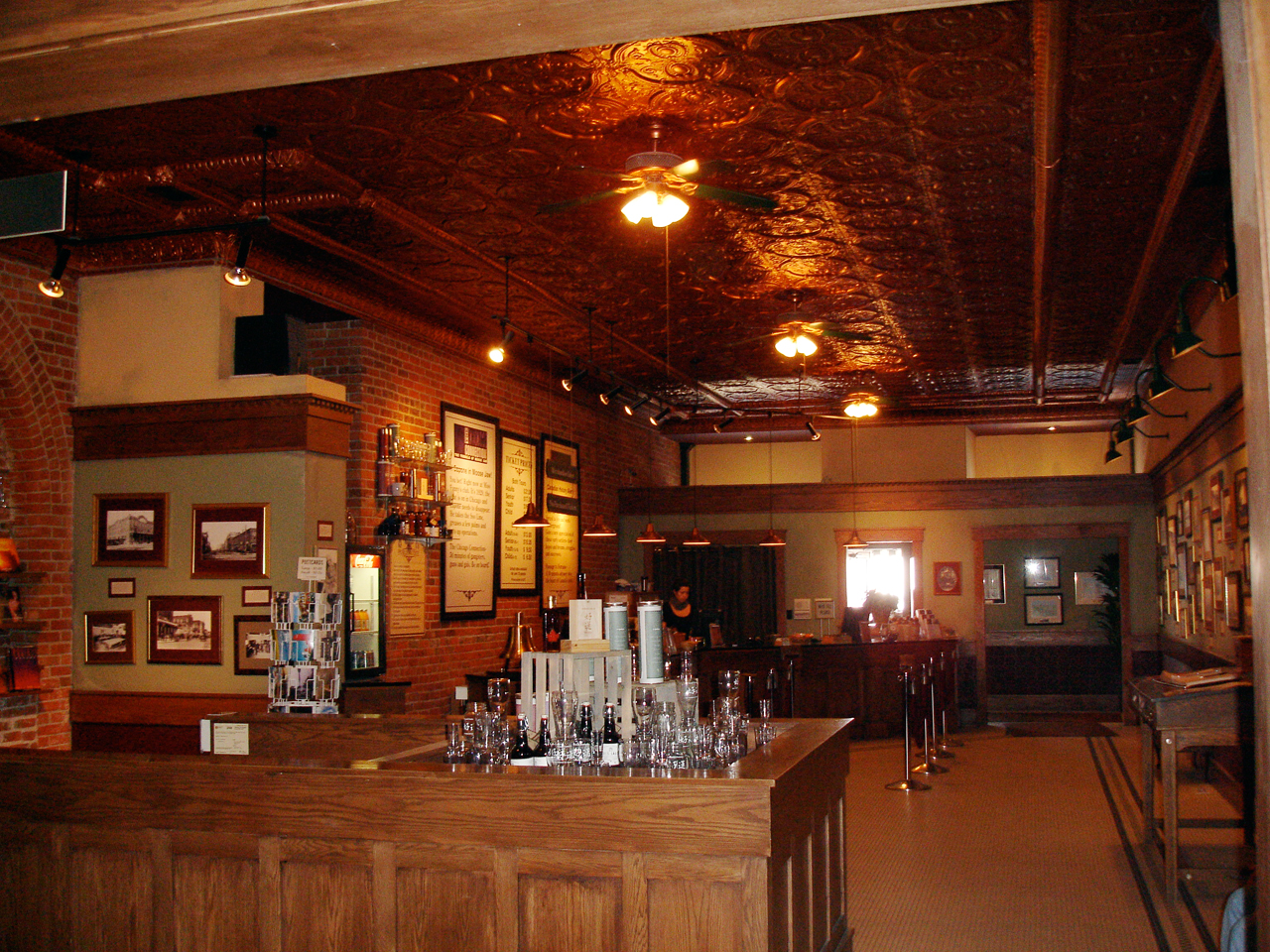
The Tunnels of Moose Jaw in Saskatchewan were initially constructed in the early 1900s to house steam boilers and provide shelter from the harsh winter. During Prohibition, these tunnels gained notoriety as a hub for illegal liquor smuggling. Allegedly, Al Capone himself was involved in the network, using it to transport alcohol across the border into the United States. The tunnels became a thriving underground community, with hidden rooms and trap doors to evade authorities. Moose Jaw’s tunnels have now been transformed into a popular tourist attraction, with themed tours depicting its colorful past. This underground world highlights a unique piece of North American history and resilience.
This article originally appeared on Rarest.org.
More From Rarest.Org
Conserving our natural world has become more important than ever, as the effects of human activity continue to threaten ecosystems and wildlife. Across the globe, a variety of initiatives have been launched to protect habitats, reduce pollution, and safeguard endangered species. Read more.
The legal landscape of the United States has been shaped by numerous landmark cases that set vital precedents, influencing everything from civil rights to freedom of speech. These cases have not only defined legal standards but also reflected the evolving values of society. Read more.
Human strength and determination are often tested in ways that seem almost unimaginable. Across history, individuals have accomplished extraordinary feats that showcase their resilience. Read more.

